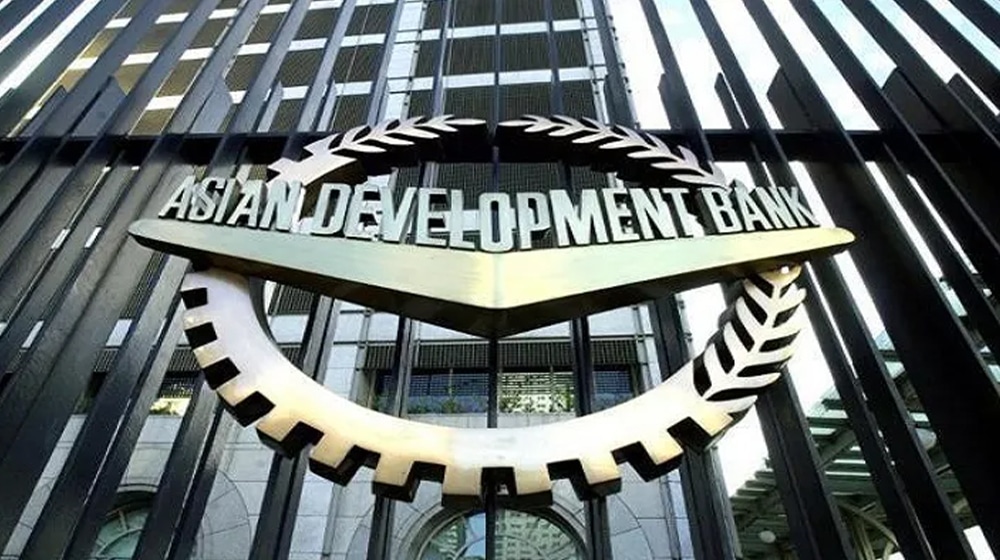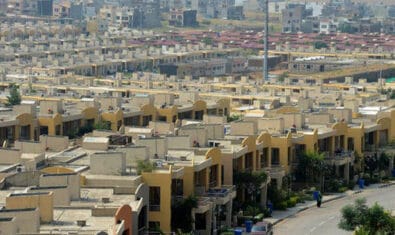Some economies in developing Asia are aging rapidly, however Pakistan, will still share lower than 10 percent by 2050, says the Asian Development Bank (ADB).
The Bank in its latest report “Aging well in Asia Asian Development Policy”, released on Thursday, noted that some economies in developing Asia are aging rapidly, while others are undergoing a more gradual transition.
In 2022, older people’s share of the population exceeded 20% in 8 of 46 regional economies: Hong Kong, China; the Republic of Korea (ROK); Taipei, China; Georgia; Niue; Singapore; Thailand; and Armenia (Figure 1.2).
The speed of aging, measured by the number of years required for the share of older people to double from 10% to 20%, has been rapid in Singapore at 17 years, Thailand 18 years, and the ROK 19 years. Of the 38 economies that have not yet reached the 20% threshold, 13 will do so by 2050.
Among them, the transition is expected to take 13 years in Maldives; 16 years in Brunei Darussalam; and 21 years in Azerbaijan, Bhutan, and Palau.
By 2050, 20 economies in developing Asia will have 20% shares, 22 economies will have shares above 10%, and 4 economies—Afghanistan, Pakistan, Solomon Islands, and Vanuatu—will still have shares lower than 10%.
In some areas, the speed of demographic transition is outpacing earlier projections. Differences between transition duration projections made in 2000 and actual transitions are 4 years for Hong Kong, China, with 36 years projected against 32 years actual; 3 years for the ROK and Thailand; and 2 years for the People’s Republic of China (PRC).
The participation of this cohort is particularly low in South Asia, below 25 percent in India, Nepal, and Pakistan and not much higher at 28.6% in Bangladesh. A large drop in women’s labor force participation after age 65 is notable in the Caucasus and Central Asia, which is also true for men in the subregion. Labor force participation for all older women in developing Asia is 15.3%, substantially higher than the 11.1% OECD average
In rapid assessments in Bangladesh, Cambodia, India, Myanmar, Pakistan, the Philippines, and Sri Lanka, 81% of older people said their income was diminished by COVID-19.
Where pension coverage is high, employment drops abruptly for the near-old, or those close to the statutory retirement age.
Women in Pakistan similarly have an earlier statutory retirement age than men, but with less impact on retirement given women’s low labor force participation. Overall, employment rates for women still lag in many economies.
Agriculture employs most older workers in several economies, which explains widespread informality. The share of older workers in agriculture increases with age. The share of those aged 60 and older is particularly high in Bangladesh, Cambodia, Indonesia, Pakistan, and Viet Nam, where it exceeds 50%.
Across all economies, the share is highest in the 75–79 age group, as their exodus from the labor force is more pronounced in other sectors. Farm employment tends to be informal, which means scant pension coverage and no statutory retirement age.
In East Asia and the Pacific, the gender wage gap in 2015 was about a fifth, and in South Asia a third. Yet another factor is lower pension contributions as paid work must compete with caring for children, older parents, and often grandchildren. This gap may be wider in economies with an official retirement age for women lower than that for men, as in Bangladesh, Georgia, Kazakhstan, the Lao People’s Democratic Republic (Lao PDR), Pakistan, the People’s Republic of China (PRC), Uzbekistan, and Viet Nam. This is especially common in economies with a socialist legacy.
In defined contribution systems, women’s longer average lifespan means lower average benefits across years in retirement or, alternatively, greater likelihood of exhausting lump-sum payouts.
While many economies in Asia and the Pacific have noncontributory social pensions, several do not. Those without social pensions are Cambodia, the Federated States of Micronesia, the Lao PDR, the Marshall Islands, Pakistan, Papua New Guinea, Solomon Islands, and Vanuatu. Among those with social pensions, coverage and targeting methods differ.
Many economies in Asia and the Pacific have introduced social pensions, but coverage and adequacy vary substantially. Coverage ranges from being central to the entire pension system, as in Georgia, to absent or negligible, as in Cambodia, the Lao PDR, Pakistan, Malaysia, and several Pacific island economies. Those that have social pensions have tended to prioritize fiscal sustainability over adequacy. But in general, the region’s pension systems are not fiscally sustainable, nor do they provide adequate benefits. Typically, regional social pensions have only narrow coverage, low benefits, or both.
Technological innovations will greatly enable Asia’s pension systems. Digitization and fintech promise to alleviate the challenges of collecting contributions and delivering pensions in the informal sector, and thus drive inclusion. While these innovations help all age groups, they can be especially beneficial for older Asians. Biometric identification, for example, is now used for pension transactions in Armenia, Cambodia, Indonesia, the Kyrgyz Republic, India, and Pakistan, and is being phased in in the Philippines and Viet Nam. It can substantially simplify know-your-customer requirements for bank and mobile account transactions, making it easier to contribute to and receive pension benefits, especially for unbanked workers in the informal sector.
In Indonesia, the Philippines, Pakistan, and Viet Nam, the majority still agree with the norm, but the percentage strongly agreeing is somewhat lower.





















